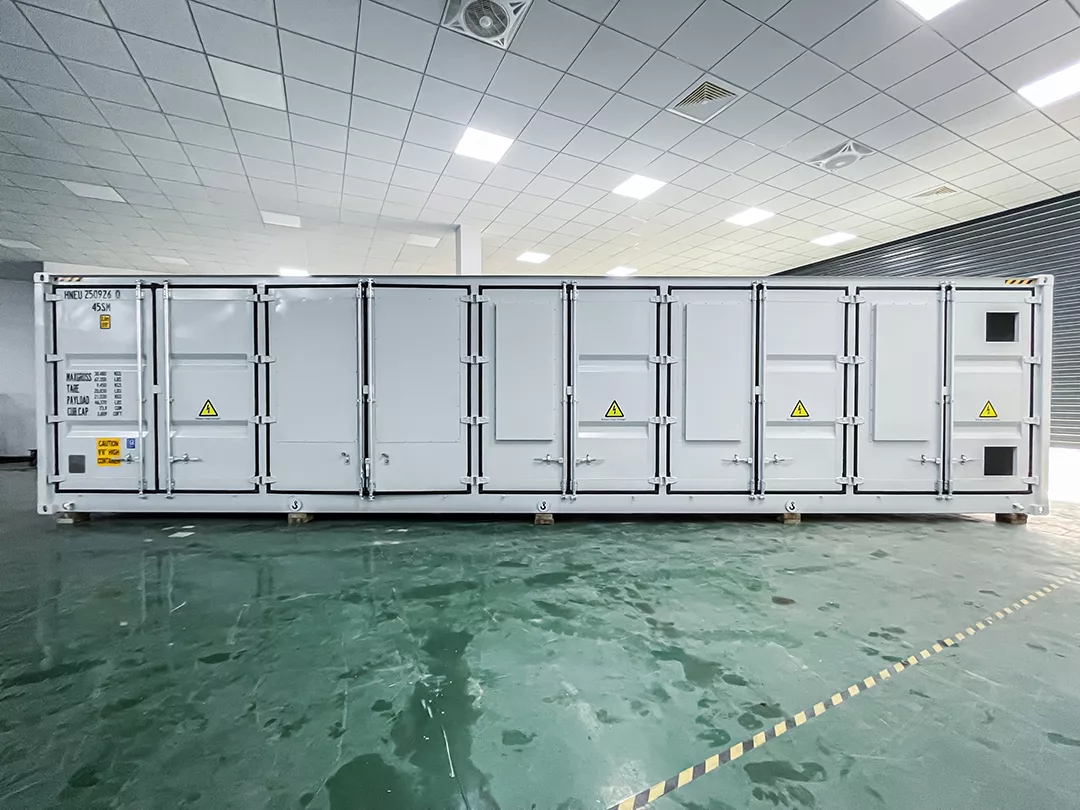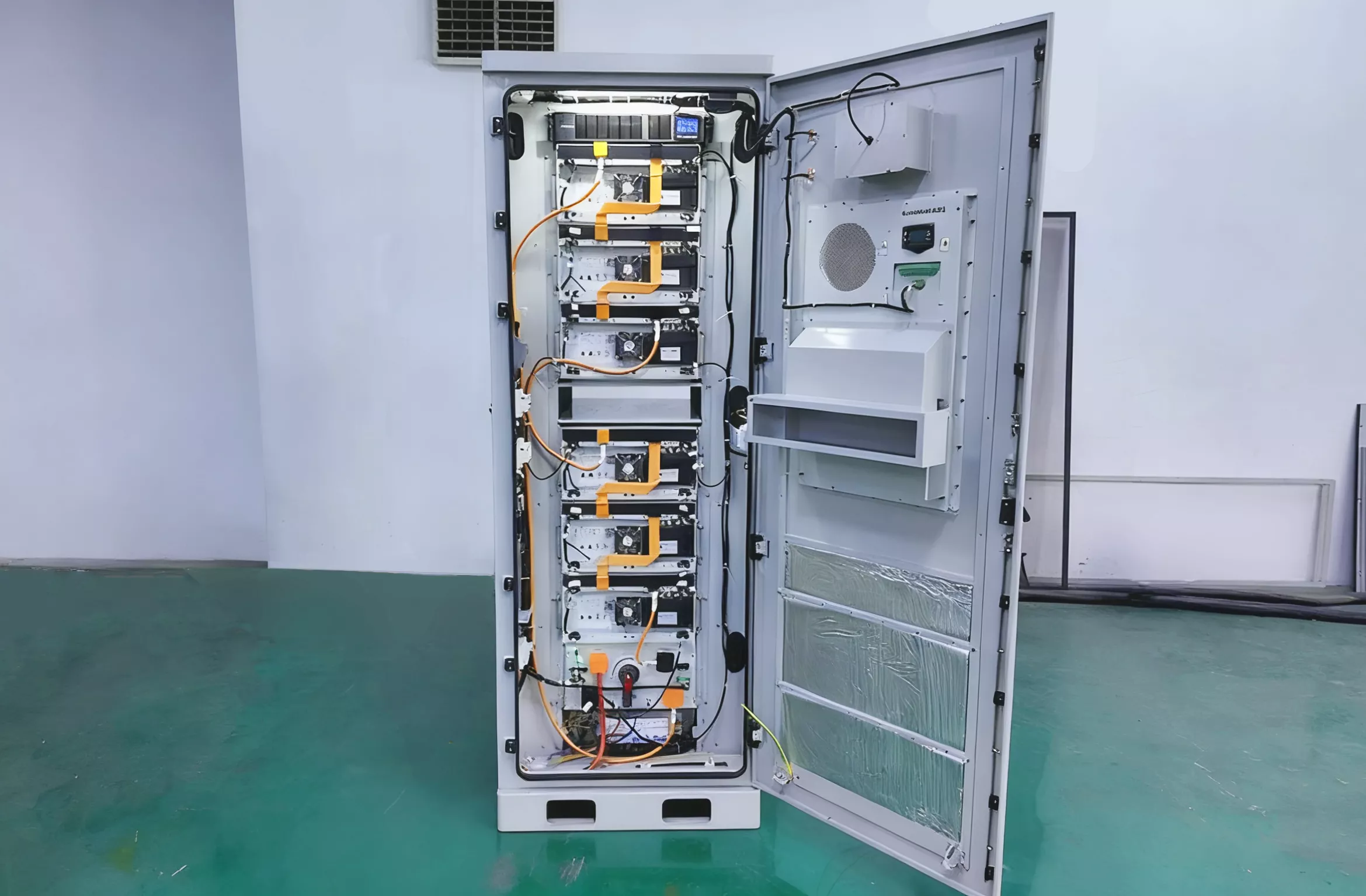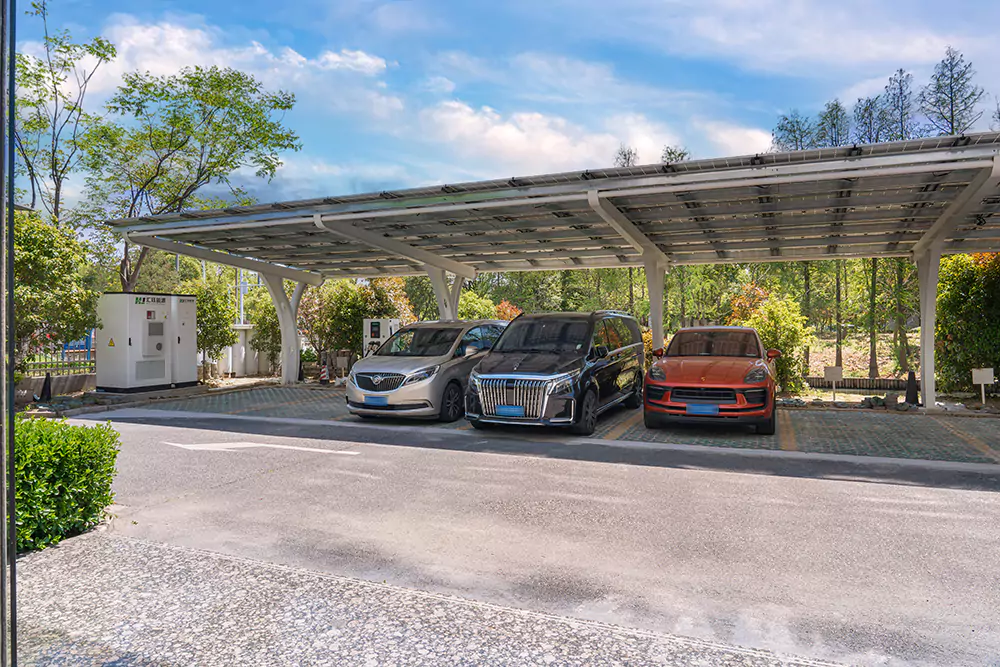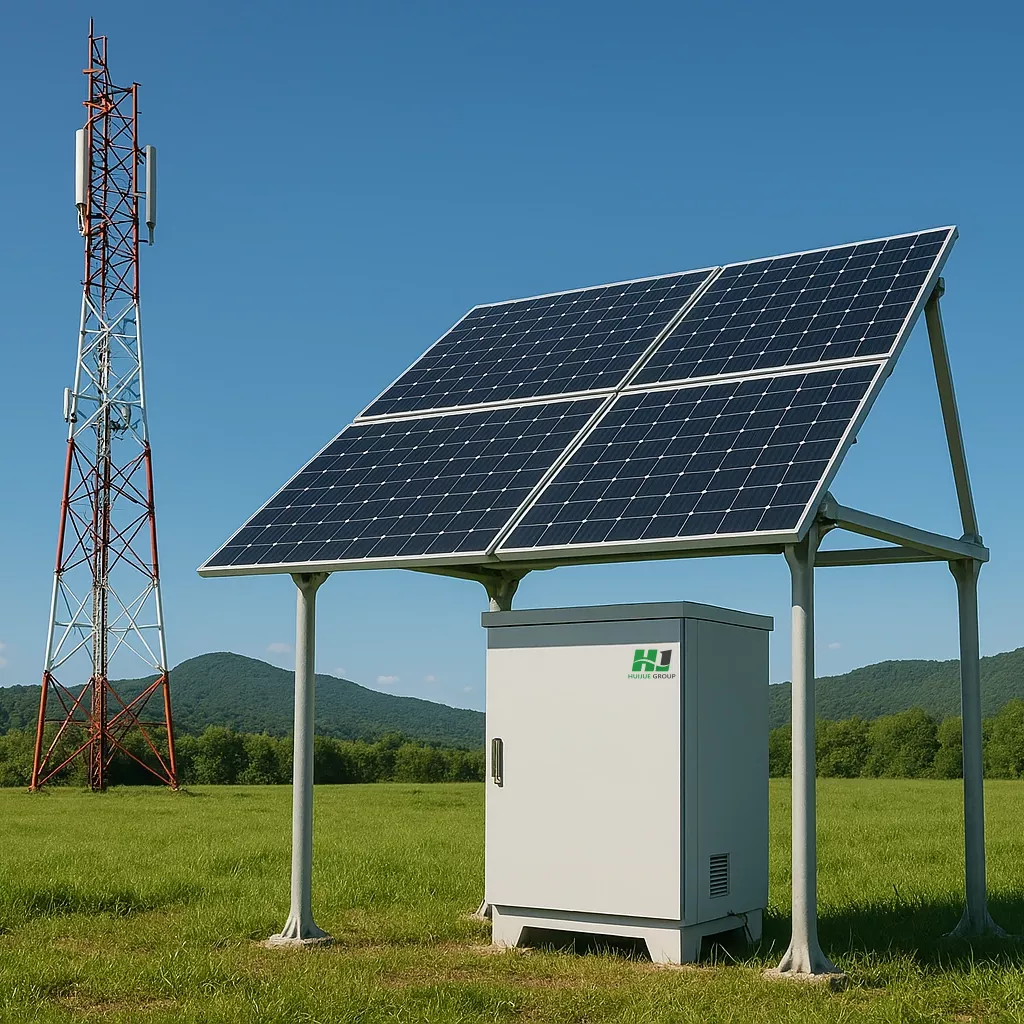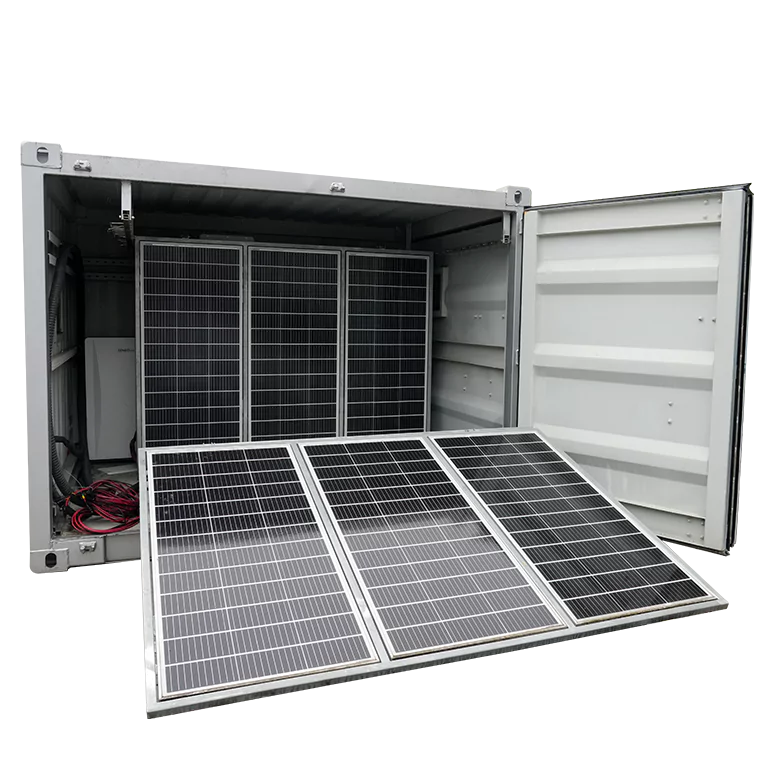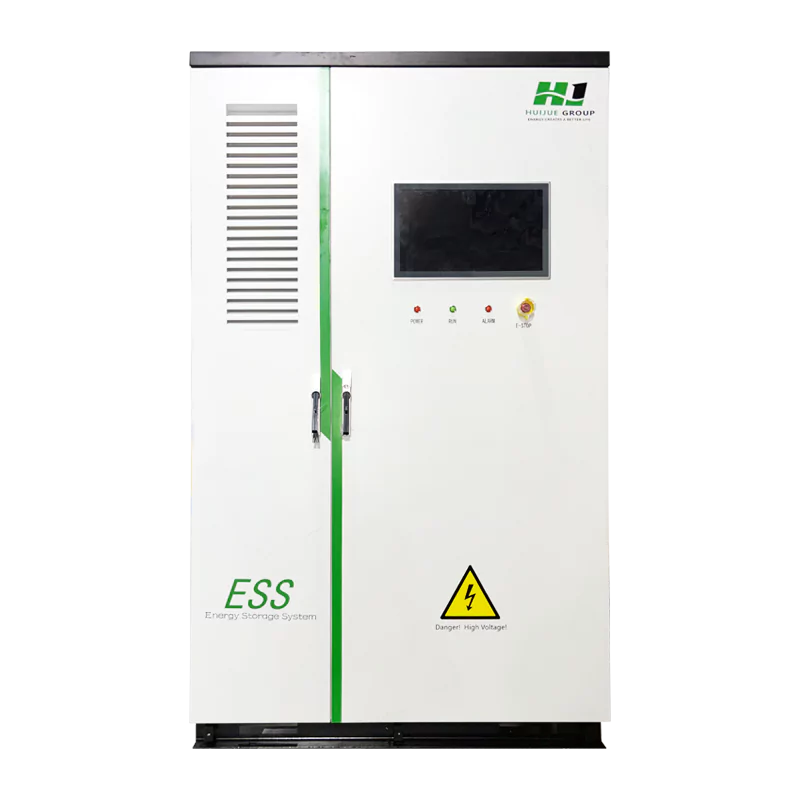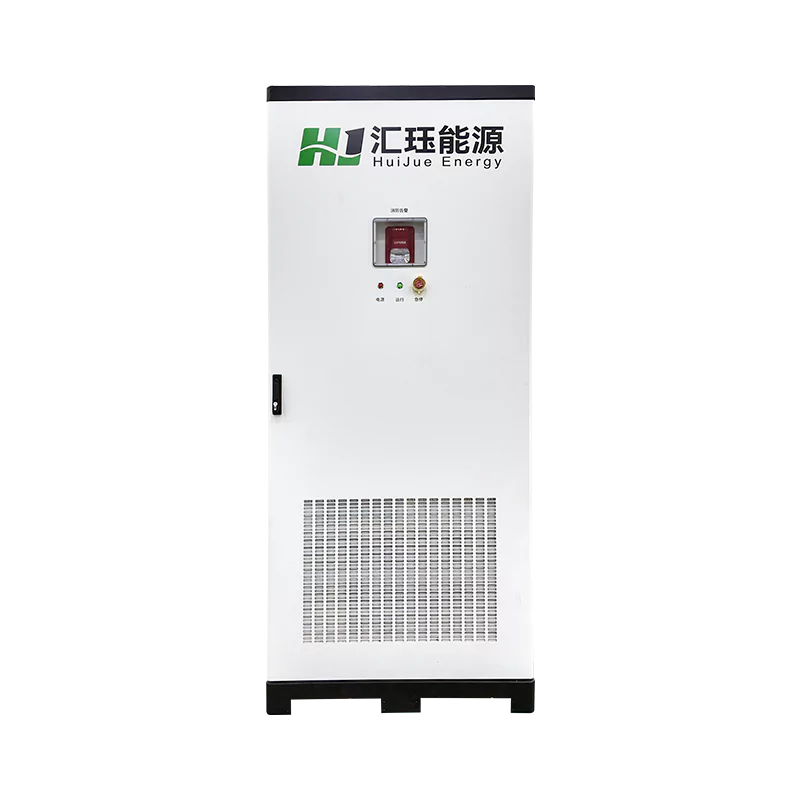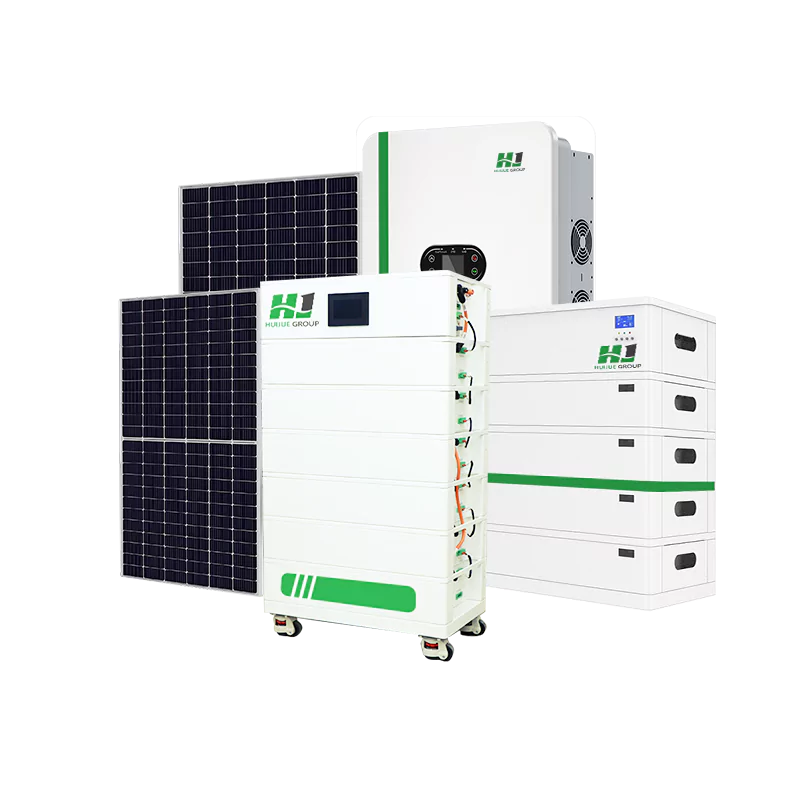Why are there so few domestic wind turbines? The underlying truth surprises many!
Wind power, as a clean and renewable energy source, has long been deployed on a large scale worldwide. Whether it’s wind farms on northern grasslands or giant offshore turbines, they continuously feed electricity into the grid.
Yet you may have noticed an intriguing phenomenon: while solar panels are ubiquitous on household rooftops, few install small wind turbines. Why is this?
1. High cost and greater maintenance challenges
Though significantly smaller than industrial turbines, domestic wind turbines still command prices starting at tens of thousands of pounds to meet the electricity needs of an average household. Moreover, their upkeep proves far more complex than that of solar panels.
Exposed year-round to wind, rain, scorching sun, and freezing conditions, wind turbines inevitably suffer component wear and ageing. Regular inspections, lubrication, blade replacements, and bearing repairs all require specialist personnel. Neglecting maintenance not only reduces power generation efficiency but may also cause turbine damage or even pose safety hazards.
By contrast, residential photovoltaic systems feature simpler structures: primarily comprising solar panels and inverters. Solar panels have virtually no moving parts, while inverters boast lifespans of 10-15 years. Maintenance largely involves cleaning dust from panel surfaces, costing merely a few hundred yuan annually. Crucially, many regions offer photovoltaic subsidies, lowering the investment threshold considerably.
2. Significant Environmental Constraints
For stable power generation, wind turbines require conditions of ‘sufficient wind speed, consistent wind direction, and open terrain’.
Yet domestic settings often fail to meet these criteria:
In urban areas: Towering buildings cause severe wind shadowing, reducing wind speeds and creating complex, variable wind patterns that hinder efficient turbine operation.
Rural areas: Whilst generally more open, obstacles like trees and hills similarly impede wind capture.
Height requirements: Turbines typically need mounting several dozen metres high for optimal performance. This is virtually unfeasible for standard dwellings and may conflict with planning regulations, aesthetics, or even neighbourly relations.
In contrast, photovoltaics offer greater adaptability. Any surface receiving direct sunlight—be it urban rooftops, rural self-built homes, or courtyard open spaces—can readily accommodate installation.
3. Differences in User Experience
Many overlook a crucial point: even when installed, domestic wind turbines often fail to guarantee a consistent, stable power supply. This stems from significant wind speed fluctuations, causing erratic output that struggles to meet households’ continuous electricity demands.
Photovoltaic systems, however, when paired with battery storage, enable daytime generation for night-time consumption, delivering a power supply experience closer to that of the grid.
4. Wind Power’s True Stage Lies Beyond the Household
This does not imply wind power lacks potential. On the contrary, it plays an irreplaceable role in large-scale, centralised wind farms and offshore wind projects:
Large wind farms achieve economies of scale through extensive construction, reducing costs and creating a competitive advantage in electricity pricing.
Offshore wind resources are superior, featuring stable wind speeds and minimal wind shear, yielding higher generation efficiency than onshore sources. This makes it a crucial growth area for future clean energy.
In other words, solar power is better suited to distributed, domestic applications, while wind power excels in centralised, large-scale deployment.
5. Hybrid energy systems retain their value
Despite constraints on domestic wind power, some users still opt for hybrid wind-solar systems. This stems from the complementary temporal distribution of wind and solar energy: PV dominates during bright daylight hours, while wind power often provides a sustained supply during overcast conditions or night-time. Integrating wind, solar, and energy storage enhances household energy stability and self-sufficiency.
For instance, Highjoule(HJ Group) offers diverse residential energy solutions, including compact domestic wind turbines and bespoke hybrid wind-solar systems tailored to user requirements. Such approaches prove particularly suitable for areas with unreliable grid connections or households prioritising energy independence, enabling users to achieve truly ‘affordable, stable, and worry-free’ energy consumption.
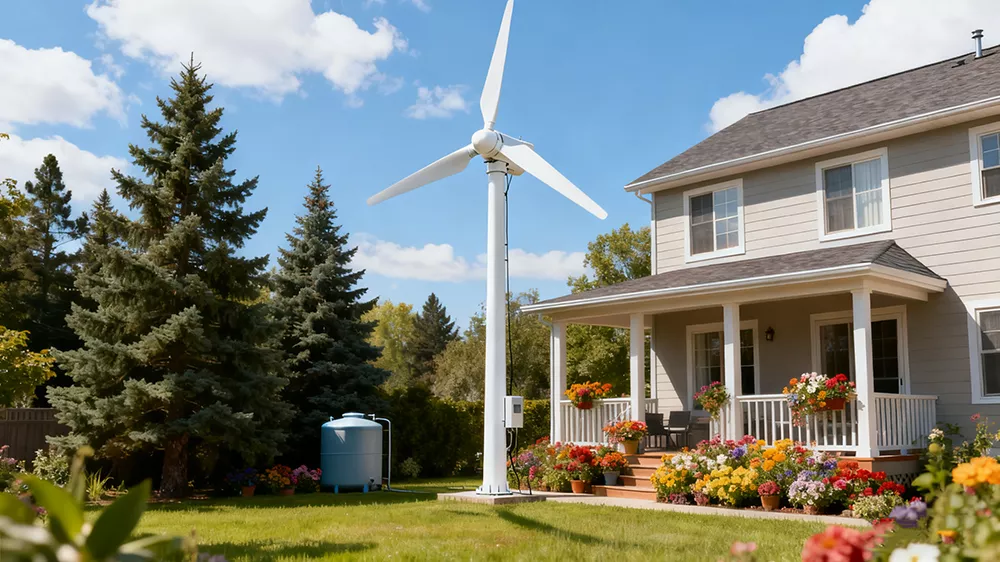
Why is domestic wind power uncommon? The fundamental constraints lie in four key factors: cost, maintenance, environmental conditions, and supply stability. While wind power is formidable, its optimal stage lies in vast plains and open seas. Should you happen to possess such advantages, consulting professionals to customise your energy solutions is advisable.


 +86 18721624519
+86 18721624519

